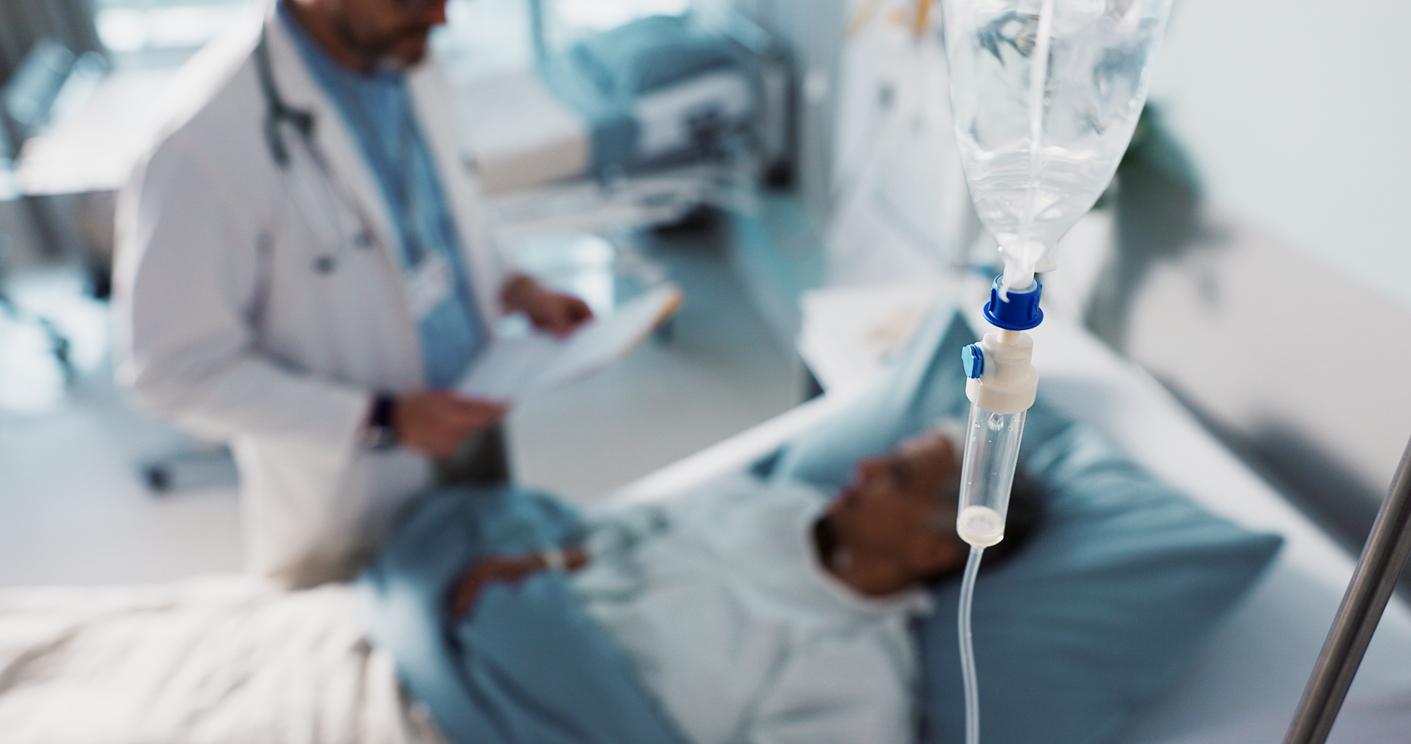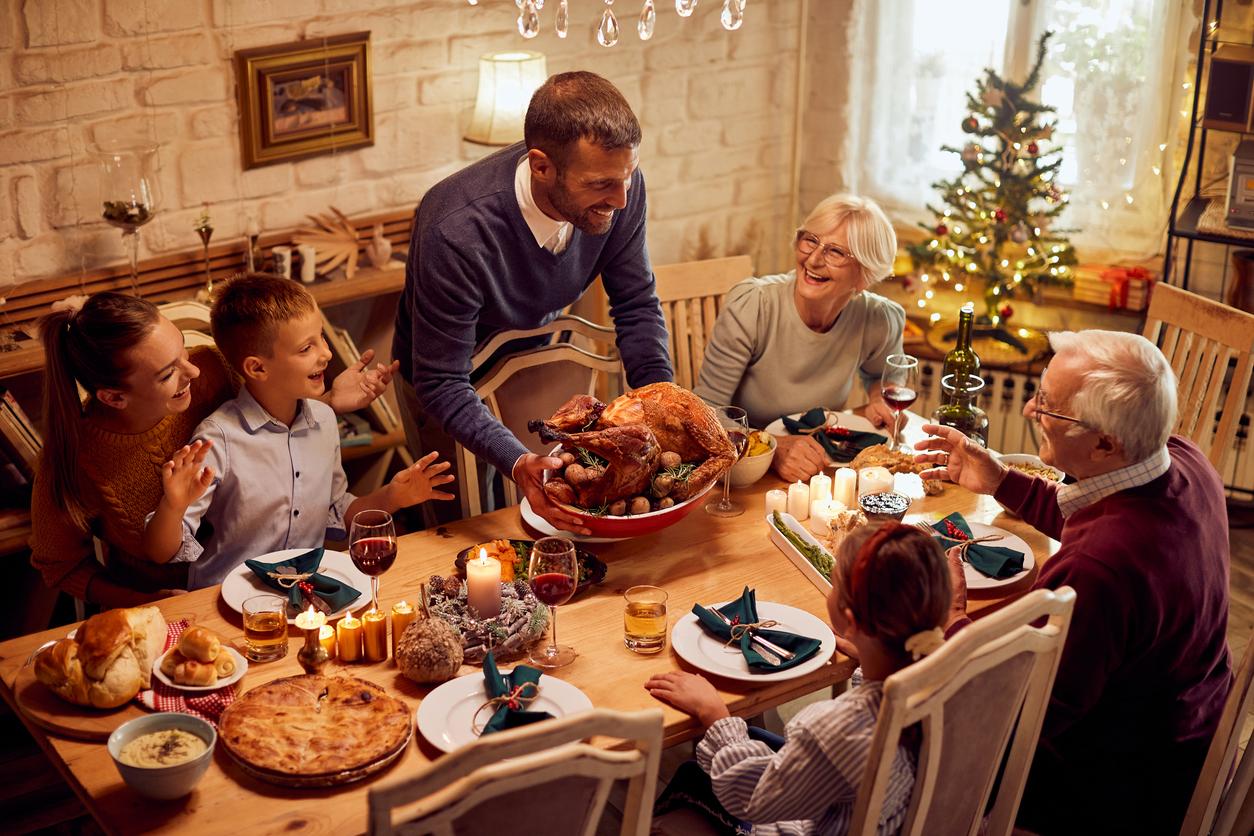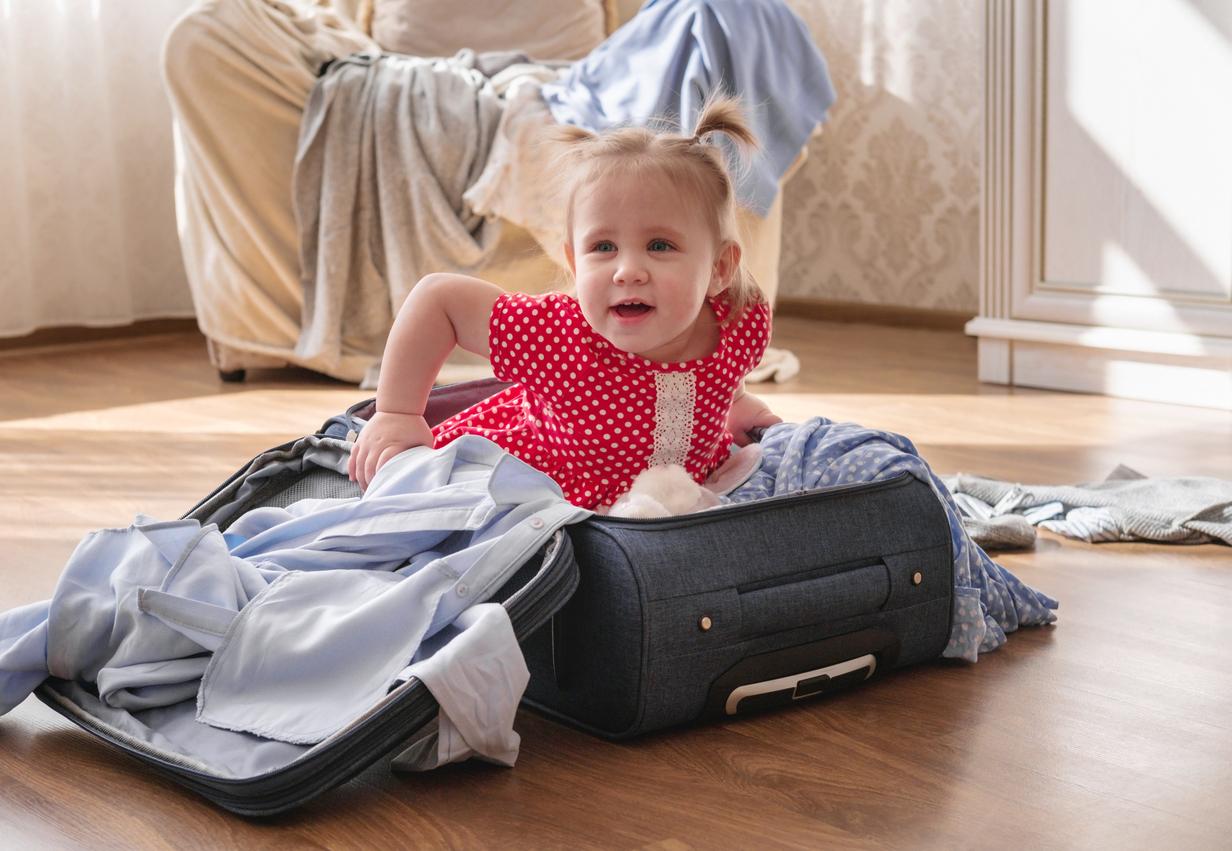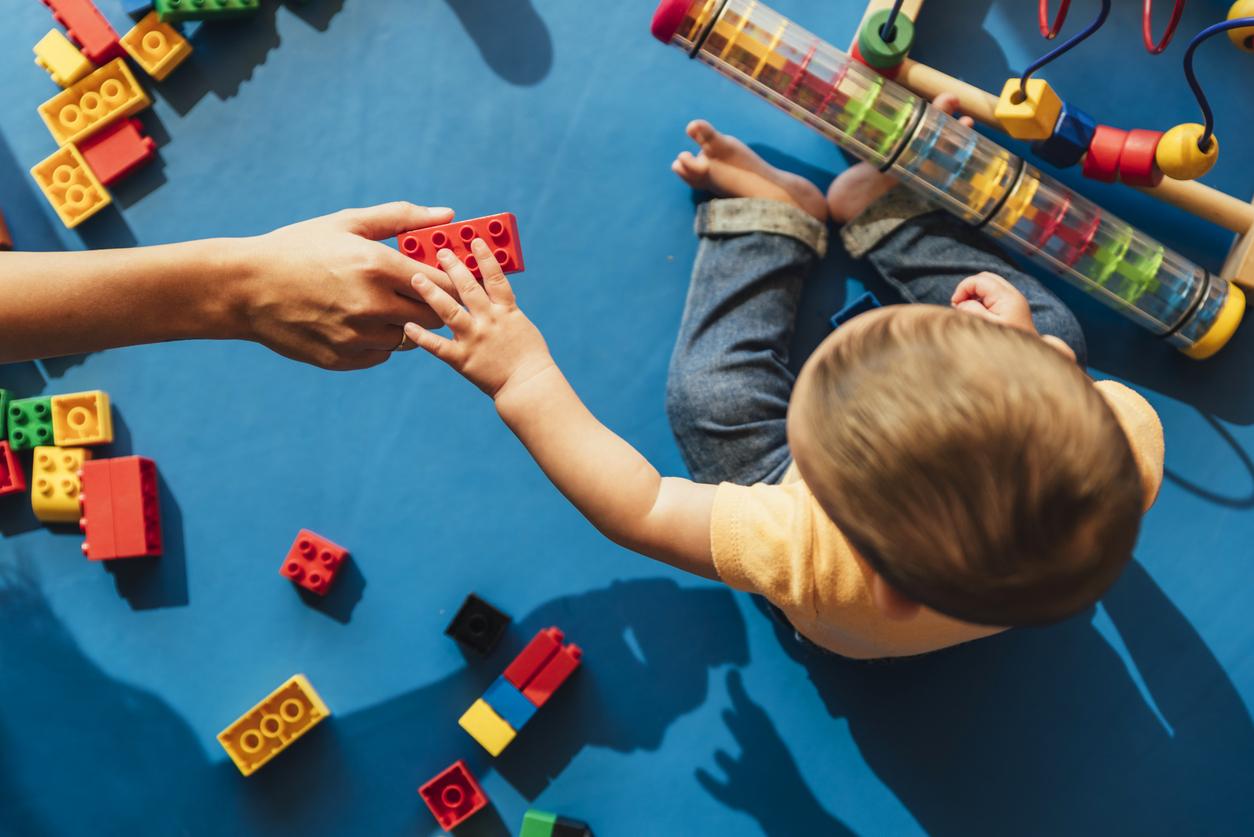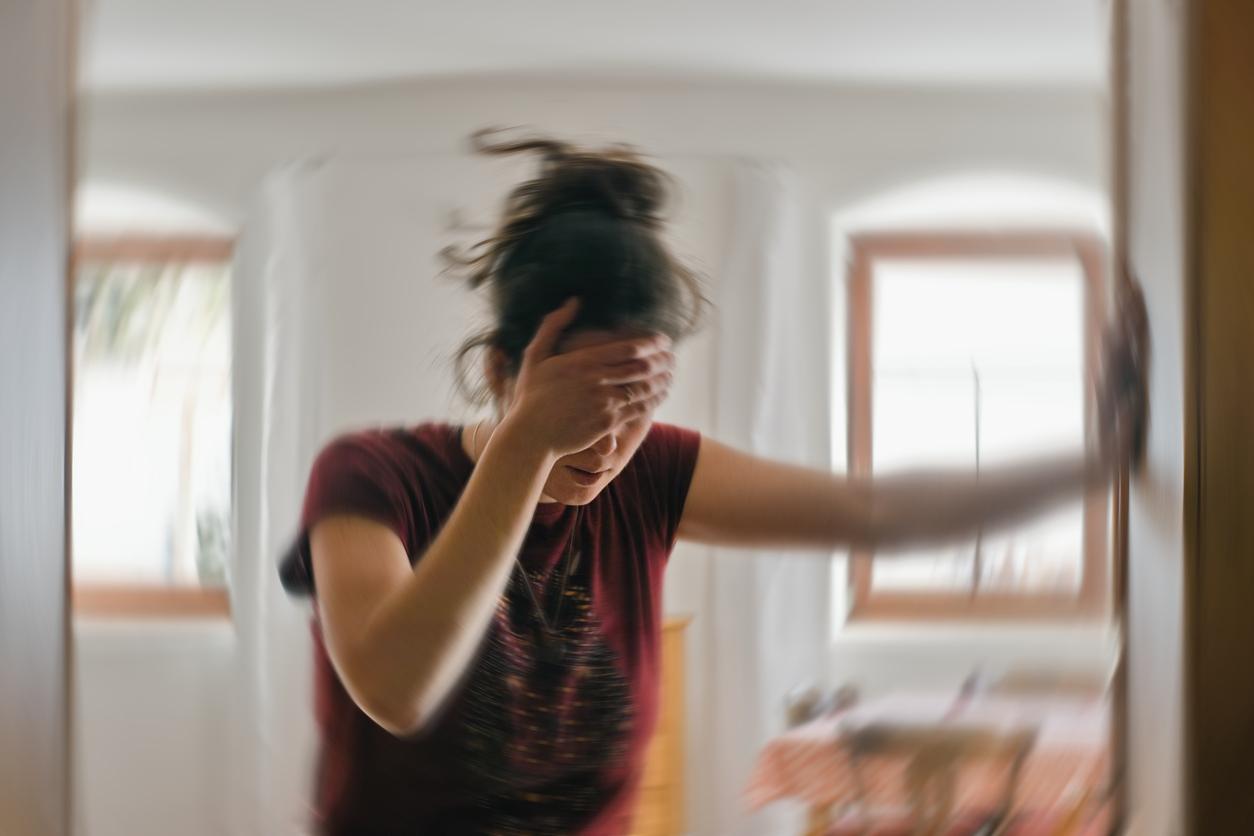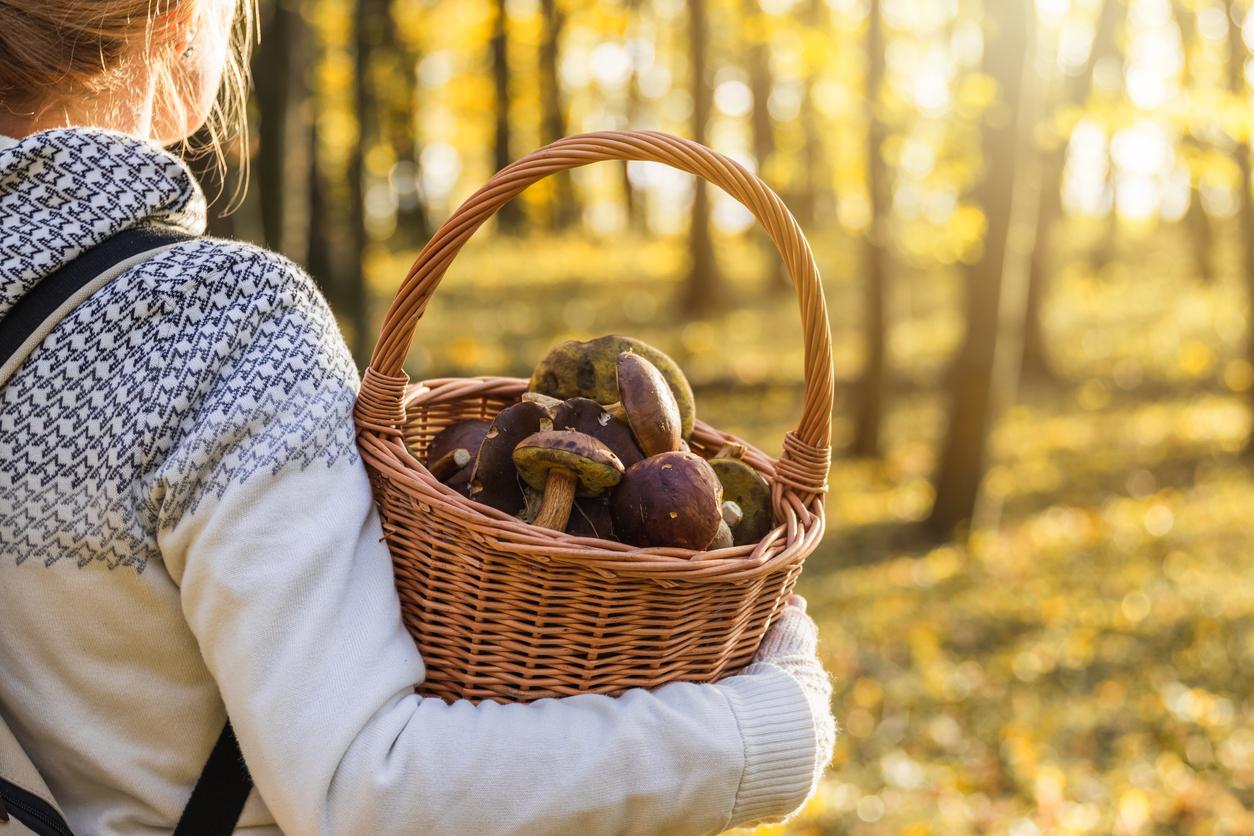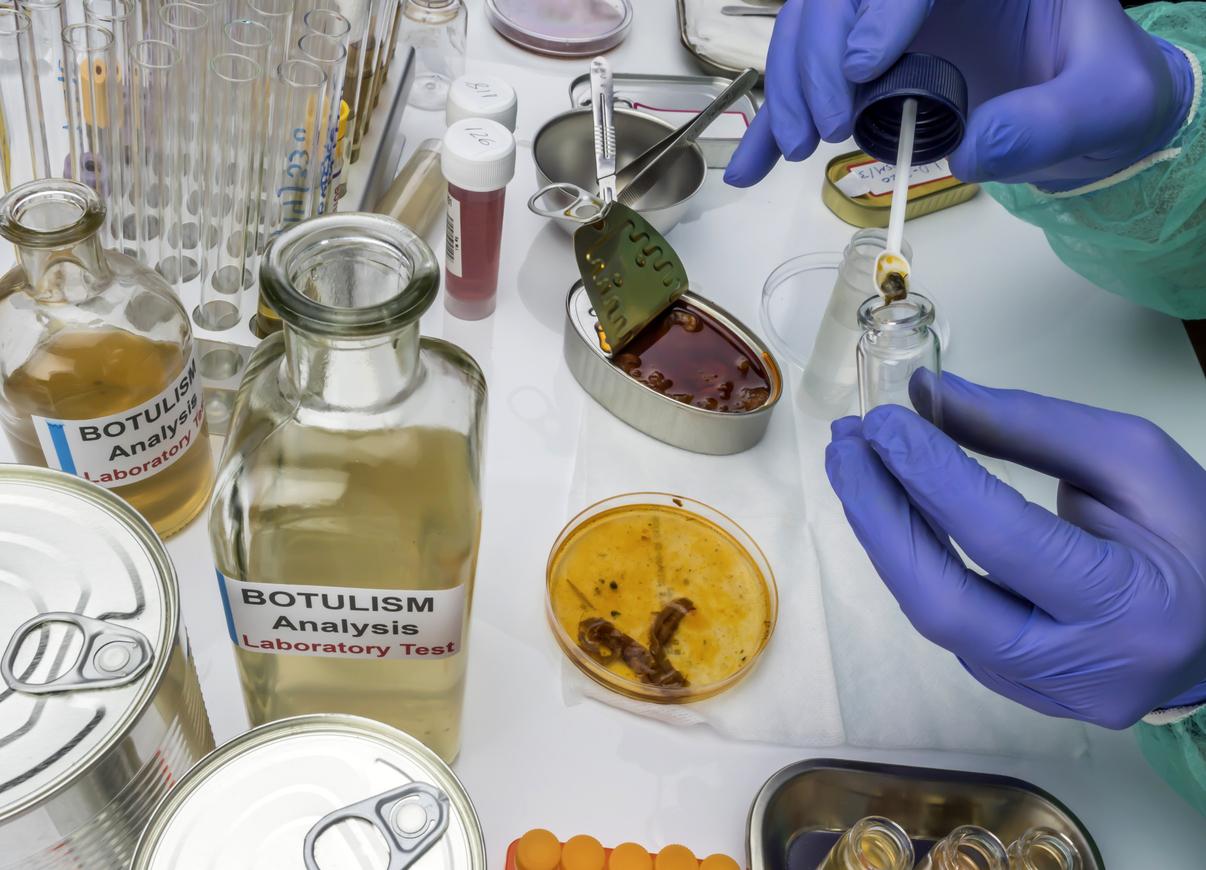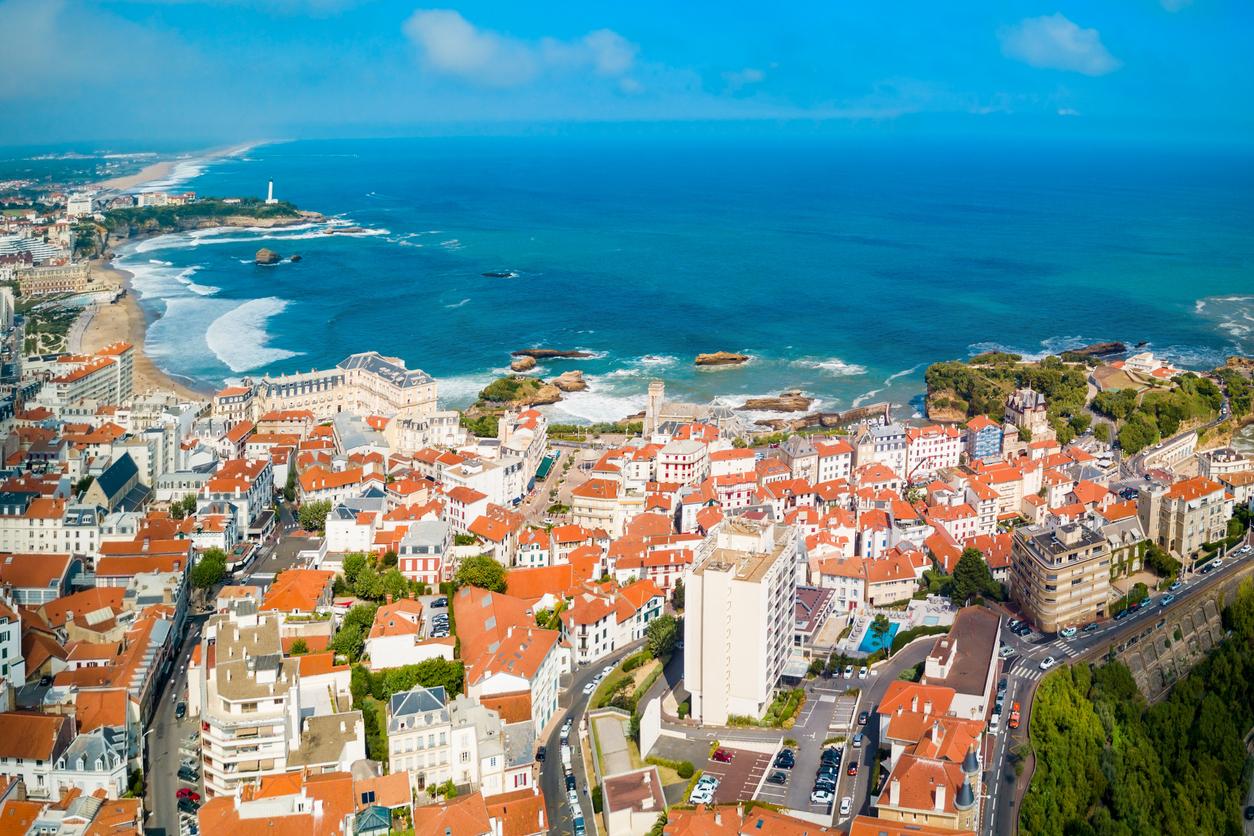During the last two weeks of September, the number of poisonings from poisonous mushroom species exploded in France: 181 were recorded. And it’s not over, the picking will continue.
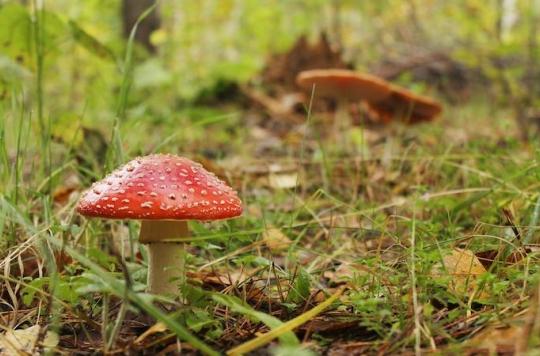
Faced with this upsurge in cases, the National Health Security Agency (ANSES) and the General Directorate of Health (DGS) are alerting picking enthusiasts and recalling the best practices to be observed in a joint press release.
“These poisonings result, in the majority of cases, from confusion with edible mushrooms, hence the importance of remaining vigilant, whether one is a connoisseur or one practices picking punctually”, warn Friday. health authorities.
181 poisoning linked to the consumption of mushrooms?
YLD: Probably several of which required liver transplants. Because the liver is the body’s waste factory. Look at the harm done to him by alcohol!
5 serious cases of poisoning have been recorded since July, and the picking season is not over, it can continue until mid-November. We must therefore not relax our attention.
The first piece of advice, then, is to be careful of what you pick?
YLD: A rule! Reminded by the Directorate General of Health: “Pick only mushrooms that you know perfectly”. Because it is the confusion between edible mushrooms and poisonous ones that is responsible for most of these poisonings. A message that we have been hearing for decades! This is called health education, and if some people have the impression that this advice is being repeated, it is not out of indulgence, but because education is always based on repetition; especially in health. Finally, each year, there are a little over 700,000 births in France, so if we think about it, the same number of people who do not know!
So we only collect mushrooms that we know?
YLD: By adding a few simple tips: first of all, even if it seems obvious, it is advisable not to pick mushrooms near polluted sites such as roadsides, industrial areas or even landfills, because the mushrooms have a particular gift for concentrating pollutants. Then, it is essential to place the mushrooms separately, in a crate or a box but never in a plastic bag which accelerates the rotting.
And you have to remember to wash your hands very carefully after harvesting because toxic substances like to stick to the skin and it doesn’t take much to be very sick …
You can also contact the pharmacist – he received training for this during his studies – or an expert from a “mycology” company, that’s what mushroom specialists are called. They are all over the place … To make it practical and that these people – volunteers – do not waste too much time, the ideal is to pick the whole mushroom and place each species in separate containers. It’s like with the hands, the simple contact can make a pretty boletus poisonous and then by mixing them, it’s like when you invite friends, you end up not knowing whose hat or foot is.
Rest assured, is mushroom poisoning not ALWAYS serious?
YLD: Yes, fortunately! It depends on the toxin contained in the fungus, and these are usually pimples that will scratch you, nausea, or vomiting … But nothing says that it will not get worse with the famous “phalloid amanita” on top, also called the “chalice of death”, the star of the crimes of detective novels; a very pretty mushroom that we unfortunately find at the moment in our forests, under oaks and firs.
Can cooking kill toxins?
YLD: No, but it is recommended to consume the mushrooms within a maximum of two days after picking. An omelet, a pan, but especially not in a salad, wild mushrooms should never be eaten raw, but preferably after sufficient cooking, in reasonable quantities, even if the picking has been good.
.







